Home>Furniture & Design>Bathroom Accessories>What Is Gauze Used For In A First Aid Kit
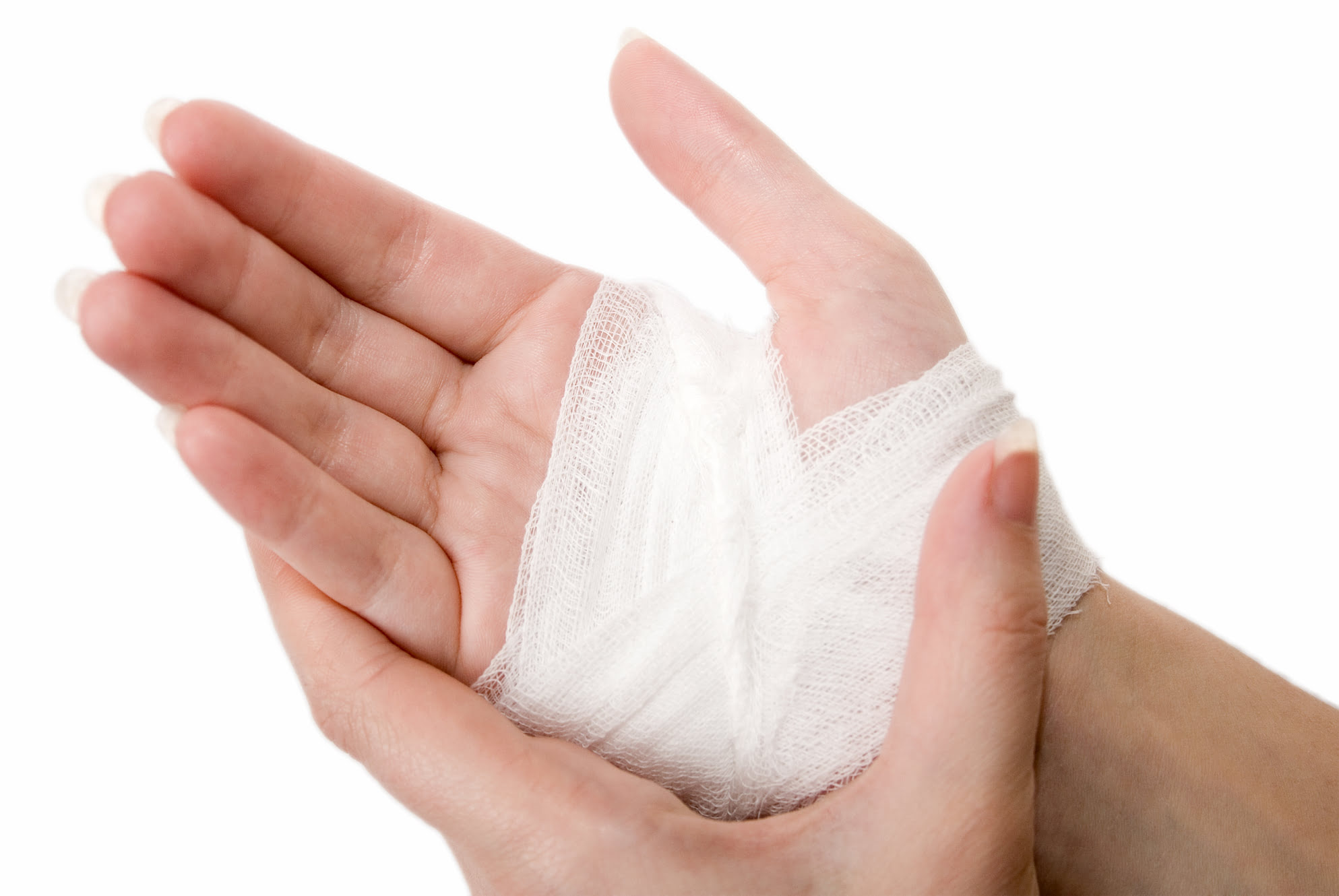

Bathroom Accessories
What Is Gauze Used For In A First Aid Kit
Modified: August 16, 2024
Discover the essential uses of gauze in a first aid kit for effective wound care and injury treatment. Find out how gauze is a vital addition to your bathroom accessories for emergency situations.
(Many of the links in this article redirect to a specific reviewed product. Your purchase of these products through affiliate links helps to generate commission for Storables.com, at no extra cost. Learn more)
Introduction
Gauze is an essential component of any first aid kit, serving a variety of purposes in addressing minor injuries and wounds. Its versatility and effectiveness make it a staple in both professional medical settings and household first aid kits. Understanding the uses and types of gauze, as well as how to properly utilize it in first aid situations, is crucial for anyone seeking to provide effective and efficient care during emergencies. In this article, we will delve into the fundamental aspects of gauze, exploring its uses, types, and practical application in first aid scenarios. By gaining insight into the significance of gauze in first aid, individuals can enhance their preparedness and ability to administer timely and appropriate care when faced with injuries or wounds.
Key Takeaways:
- Gauze is a versatile and essential tool in first aid kits, used for wound dressing, bleeding control, and wound protection. Its absorbent, breathable, and flexible nature makes it indispensable in addressing various injuries and medical emergencies.
- Understanding the different types of gauze, such as sterile gauze pads, non-sterile gauze rolls, and gauze sponges, empowers individuals to make informed decisions when selecting the most suitable gauze for specific first aid needs. Each type offers unique benefits and functionalities, catering to diverse medical applications and requirements.
Read more: What Is A First Aid Kit Used For In A Lab
Basic Information about Gauze
Gauze is a versatile and widely used medical fabric that plays a crucial role in wound care and first aid. It is a lightweight, loosely woven cotton fabric with a variety of applications in the medical field. The porous nature of gauze allows for effective absorption of fluids, making it an ideal material for managing wounds and injuries. Typically, gauze is available in various forms, including pads, rolls, and sponges, each designed for specific medical purposes.
One of the key characteristics of gauze is its breathability, which promotes air circulation and helps maintain a suitable environment for wound healing. This feature is particularly important in preventing the accumulation of moisture, which can impede the healing process and increase the risk of infection. Additionally, the pliable and conformable nature of gauze enables it to adapt to different wound shapes and contours, ensuring optimal coverage and protection.
In terms of composition, gauze is commonly made from cotton, although certain variations may incorporate synthetic materials for specific medical requirements. The use of cotton ensures that gauze is soft and gentle on the skin, minimizing the risk of irritation or discomfort when applied to wounds. Furthermore, the non-adherent properties of gauze prevent it from sticking to the wound, reducing the likelihood of causing further trauma during dressing changes.
Gauze is available in sterile and non-sterile forms, with sterile gauze being essential for maintaining aseptic conditions during wound care. This is particularly important in preventing the introduction of harmful microorganisms that could lead to infections. The sterile packaging of gauze ensures that it remains free from contaminants until it is opened for use, safeguarding the integrity of the dressing and the well-being of the patient.
Overall, the fundamental properties of gauze, including its absorbency, breathability, flexibility, and sterile nature, make it an indispensable component in first aid and medical settings. Its ability to facilitate proper wound management and promote healing underscores its significance in addressing a wide range of injuries and medical conditions. Understanding the basic characteristics of gauze is essential for individuals involved in administering first aid, as it forms the foundation for effective wound care and treatment.
Uses of Gauze in First Aid Kits
Gauze serves a multitude of crucial purposes within the context of first aid, making it an indispensable component of any well-equipped first aid kit. Its versatility and effectiveness in addressing various types of injuries and wounds underscore its significance in providing essential care during emergencies. Here are some of the primary uses of gauze in first aid kits:
-
Wound Dressing: Gauze is commonly utilized for the primary dressing of wounds, serving as a protective barrier between the injury and external elements. Its absorbent nature enables it to effectively manage the exudate from wounds, promoting a clean and conducive environment for healing. Whether it's a minor cut, abrasion, or laceration, gauze provides the initial layer of defense against contamination and further injury.
-
Pressure Application: In cases of bleeding, gauze is employed to apply direct pressure to the wound, helping to control and reduce blood loss. By exerting pressure on the injured area, gauze aids in stemming the flow of blood, thereby assisting in the clotting process and minimizing the risk of excessive bleeding.
-
Wound Packing: For deeper or heavily bleeding wounds, gauze can be used for wound packing. This involves carefully inserting gauze into the wound to promote hemostasis and facilitate the formation of a blood clot. Properly packed gauze can help staunch profuse bleeding and provide stability to the injured area.
-
Securing Bandages and Splints: Gauze is instrumental in securing bandages and splints in place, ensuring that they remain firmly positioned over the injured area. Its cohesive and conformable nature allows for effective wrapping and immobilization, preventing the displacement of bandages and providing support to injured limbs or joints.
-
Cleaning and Debridement: Gauze is utilized for cleaning and debriding wounds, enabling the removal of debris, foreign particles, and excess exudate. Its gentle texture and absorbency make it suitable for gently wiping and cleansing the affected area, preparing it for further treatment and dressing.
-
Protection and Padding: When addressing fractures, sprains, or other musculoskeletal injuries, gauze is employed to provide cushioning and protection. By padding the affected area with gauze, pressure and friction on the injury are minimized, offering comfort and support during the healing process.
The diverse applications of gauze in first aid kits highlight its pivotal role in addressing a wide spectrum of injuries and medical emergencies. Its ability to facilitate wound care, control bleeding, and provide support underscores its significance as a fundamental tool for administering effective and timely first aid. Understanding the varied uses of gauze equips individuals with the knowledge and resources necessary to respond adeptly to diverse first aid scenarios, ultimately contributing to improved outcomes and patient well-being.
Gauze is used in a first aid kit to cover and protect wounds, as well as to apply medication. It can also be used to stop bleeding and keep the wound clean.
Types of Gauze
Gauze is available in a diverse array of types and configurations, each tailored to specific medical applications and requirements. Understanding the different types of gauze is essential for selecting the most suitable option for addressing various injuries and medical scenarios. Here are some of the primary types of gauze commonly found in first aid and medical settings:
-
Sterile Gauze Pads: These are individually packaged, sterile gauze squares or rectangles designed for direct application to wounds. They come in various sizes to accommodate different wound dimensions, providing a sterile and absorbent layer for wound dressing. Sterile gauze pads are essential for maintaining aseptic conditions during wound care, minimizing the risk of infection and promoting optimal healing.
-
Non-Sterile Gauze Rolls: Non-sterile gauze rolls are versatile and cost-effective, commonly used for securing dressings, providing support, and creating pressure bandages. They are available in different widths and lengths, allowing for customizable wrapping and coverage of injuries. While non-sterile, these gauze rolls are valuable for various first aid applications, offering flexibility and convenience in managing wounds and injuries.
-
Gauze Sponges: Gauze sponges are highly absorbent and come in both sterile and non-sterile forms. They are utilized for wound cleaning, debridement, and packing, offering superior absorbency and durability. The sponge-like texture of these gauze variants enables effective exudate management and promotes a clean environment for wound healing.
-
Adhesive Gauze Pads: These gauze pads are equipped with adhesive borders, facilitating easy and secure application to the skin. They are particularly useful for minor cuts, scrapes, and post-surgical wounds, providing a non-stick and protective covering. The adhesive feature ensures that the gauze pad remains in place, offering comfort and stability during movement.
-
Impregnated Gauze: Impregnated gauze is infused with substances such as petrolatum or antimicrobial agents to enhance its therapeutic properties. This type of gauze is beneficial for managing wounds with specific care needs, such as burns, ulcers, or surgical sites. The added components contribute to a conducive healing environment and aid in preventing infection and promoting tissue repair.
-
Fluff Gauze Rolls: Fluff gauze rolls are characterized by their soft and lofty texture, providing gentle padding and cushioning for wounds and injuries. They are commonly used for creating comfortable and protective wraps, particularly in cases where additional padding is required to minimize pressure and friction on the affected area.
Understanding the distinct characteristics and applications of these various types of gauze empowers individuals to make informed decisions when selecting the most appropriate gauze for specific first aid and medical needs. By recognizing the unique benefits and functionalities of each gauze type, individuals can optimize their preparedness and capacity to deliver effective wound care and treatment.
How to Use Gauze in First Aid Situations
Proper utilization of gauze in first aid situations is essential for effectively addressing injuries and wounds. Understanding the correct techniques for employing gauze ensures that it fulfills its intended functions, such as wound dressing, bleeding control, and wound protection. Here are the key steps for using gauze in first aid scenarios:
-
Assessment of the Injury: Before applying gauze, it is crucial to assess the nature and severity of the injury. This initial evaluation helps determine the appropriate type and amount of gauze needed for the specific situation. Whether it's a minor cut, abrasion, or more significant wound, understanding the extent of the injury guides the subsequent steps in gauze application.
-
Cleaning and Preparation: If the wound is dirty or contaminated, it should be gently cleaned with mild soap and water or a suitable antiseptic solution. Thoroughly rinsing and drying the area helps minimize the risk of infection and prepares the wound for gauze application. For deeper wounds, ensuring that the surrounding skin is clean and dry is equally important.
-
Selecting the Right Type of Gauze: Based on the nature of the injury and the required level of absorbency, select the appropriate type of gauze for the specific first aid scenario. Sterile gauze pads are typically used for direct wound dressing, while gauze rolls are suitable for creating pressure bandages or securing dressings.
-
Application of Gauze: When applying gauze to a wound, it is essential to handle it with clean hands or wear disposable gloves to maintain aseptic conditions. For wound dressing, place the gauze pad directly over the injury, ensuring that it covers the entire affected area. If using gauze rolls, carefully wrap the injured area, applying the necessary pressure to control bleeding and provide support.
-
Securing the Gauze: Once the gauze is in place, it should be secured with adhesive tape or cohesive bandages to prevent shifting or unraveling. Properly securing the gauze ensures that it remains in position, offering stability and protection to the wound.
-
Monitoring and Reassessment: After applying gauze, it is important to monitor the wound for any signs of excessive bleeding, swelling, or infection. Regularly check the gauze for saturation and replace it as needed to maintain cleanliness and promote healing. Additionally, reassess the wound to ensure that the gauze is effectively managing the injury.
By following these steps, individuals can effectively utilize gauze in various first aid situations, ranging from minor cuts and scrapes to more complex injuries. Proper application of gauze contributes to the timely and appropriate management of wounds, ultimately supporting the healing process and minimizing complications. Understanding the practical aspects of using gauze equips individuals with the necessary skills to administer proficient first aid care, enhancing their ability to respond effectively to diverse medical emergencies.
Conclusion
In conclusion, gauze stands as a fundamental and versatile component in the realm of first aid, playing a pivotal role in addressing a diverse array of injuries and wounds. Its inherent properties, including absorbency, breathability, and flexibility, render it indispensable for wound management and care. The varied uses of gauze, ranging from wound dressing and bleeding control to wound packing and protection, underscore its significance in providing essential care during emergencies.
Understanding the different types of gauze available, such as sterile gauze pads, non-sterile gauze rolls, gauze sponges, and adhesive gauze pads, empowers individuals to make informed decisions when selecting the most suitable gauze for specific first aid needs. Each type of gauze offers unique benefits and functionalities, catering to diverse medical applications and requirements.
Moreover, the proper utilization of gauze in first aid situations is paramount for ensuring effective wound care and treatment. By following the correct techniques for applying gauze, individuals can contribute to the timely and appropriate management of injuries, ultimately supporting the healing process and minimizing complications.
In essence, gauze serves as a cornerstone in the provision of first aid, embodying adaptability, reliability, and efficacy in addressing a spectrum of medical emergencies. Its presence in first aid kits, whether at home, in healthcare facilities, or during outdoor activities, reflects its indispensable nature in promoting preparedness and enabling individuals to respond adeptly to diverse first aid scenarios.
By recognizing the significance of gauze and acquiring the knowledge and skills necessary for its effective use, individuals can enhance their capacity to deliver proficient first aid care, ultimately contributing to improved outcomes and patient well-being. Gauze, with its multifaceted applications and inherent utility, remains an invaluable ally in the pursuit of providing timely and essential care during unforeseen medical exigencies.
Frequently Asked Questions about What Is Gauze Used For In A First Aid Kit
Was this page helpful?
At Storables.com, we guarantee accurate and reliable information. Our content, validated by Expert Board Contributors, is crafted following stringent Editorial Policies. We're committed to providing you with well-researched, expert-backed insights for all your informational needs.
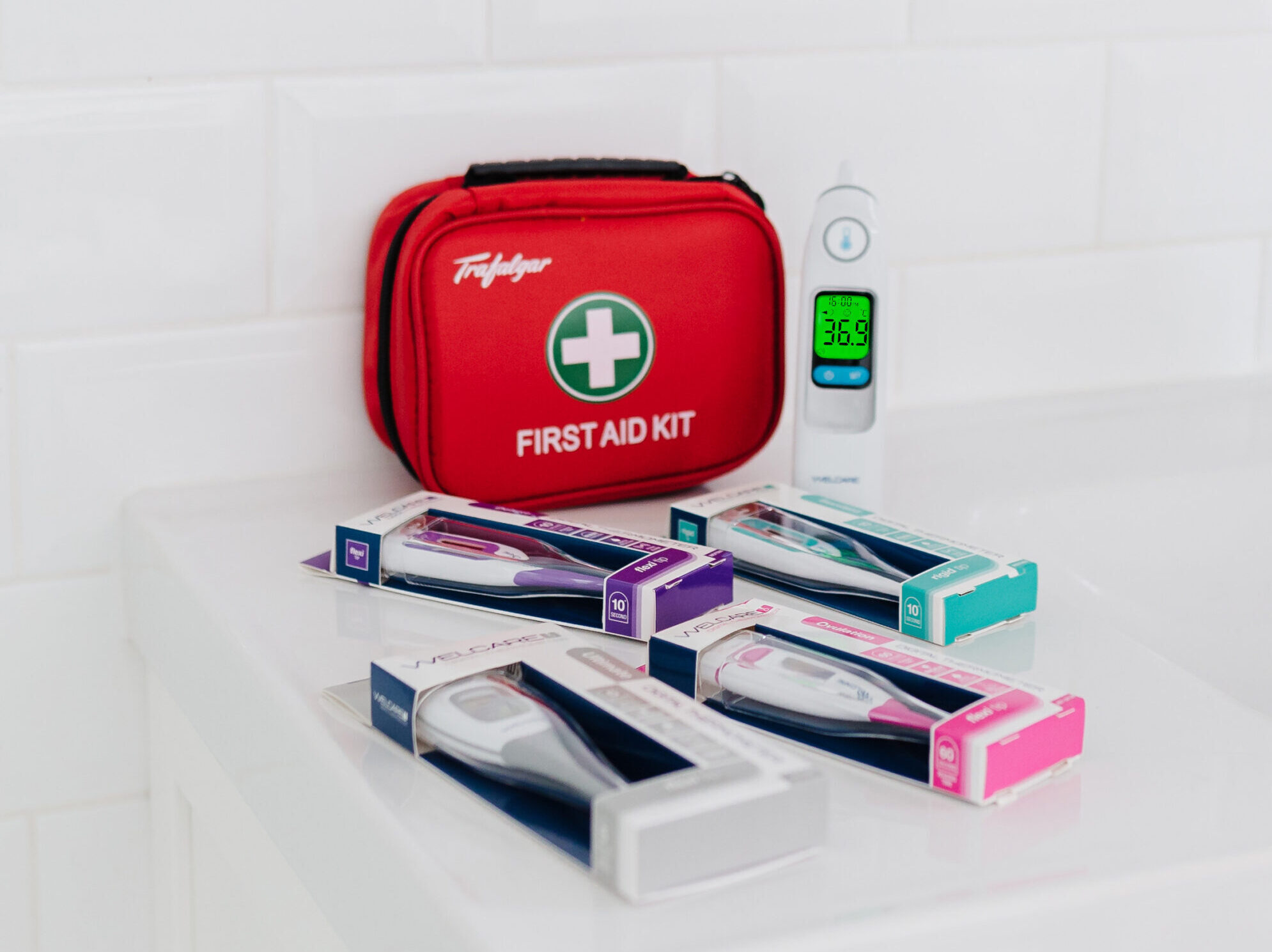
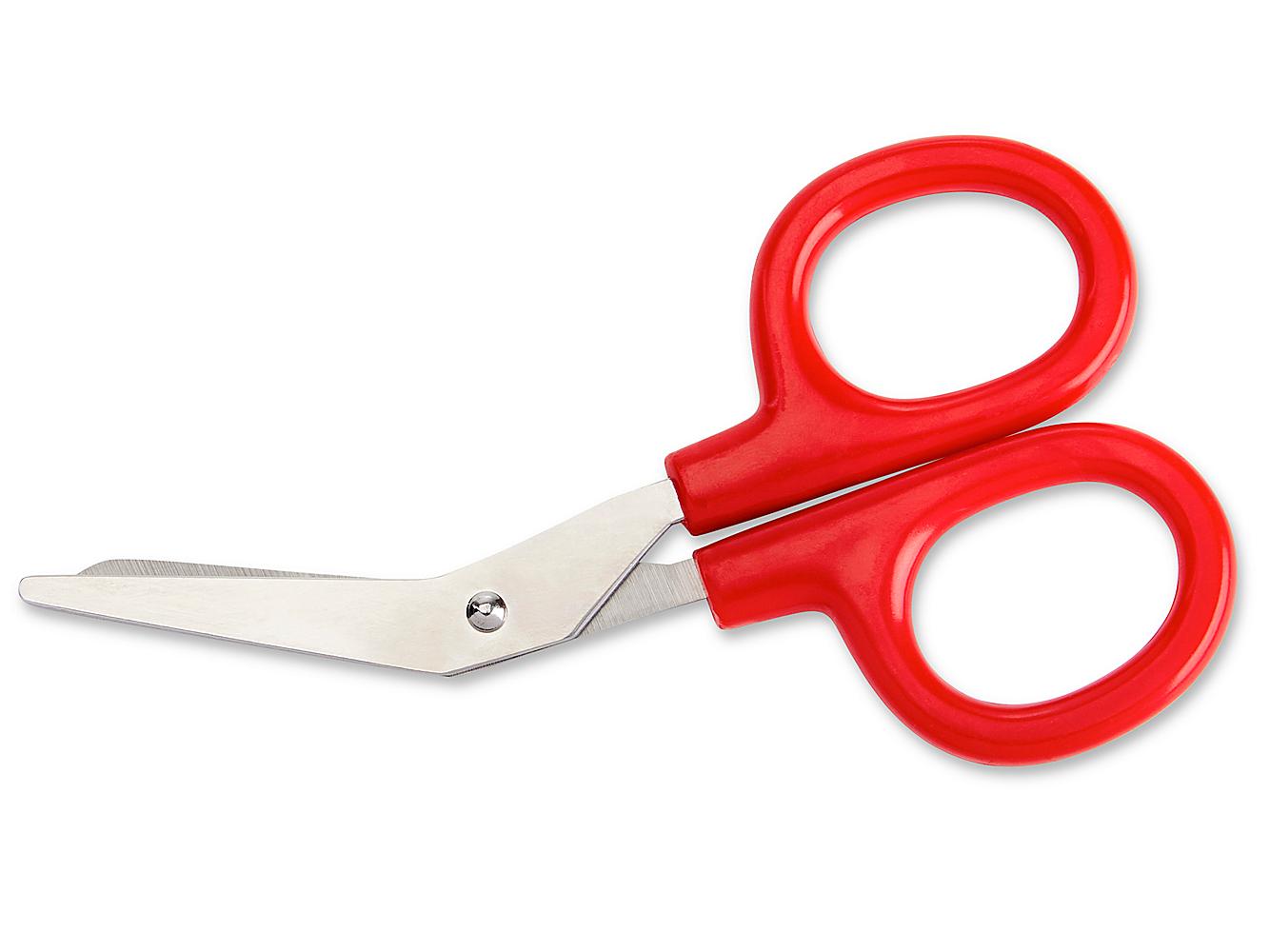
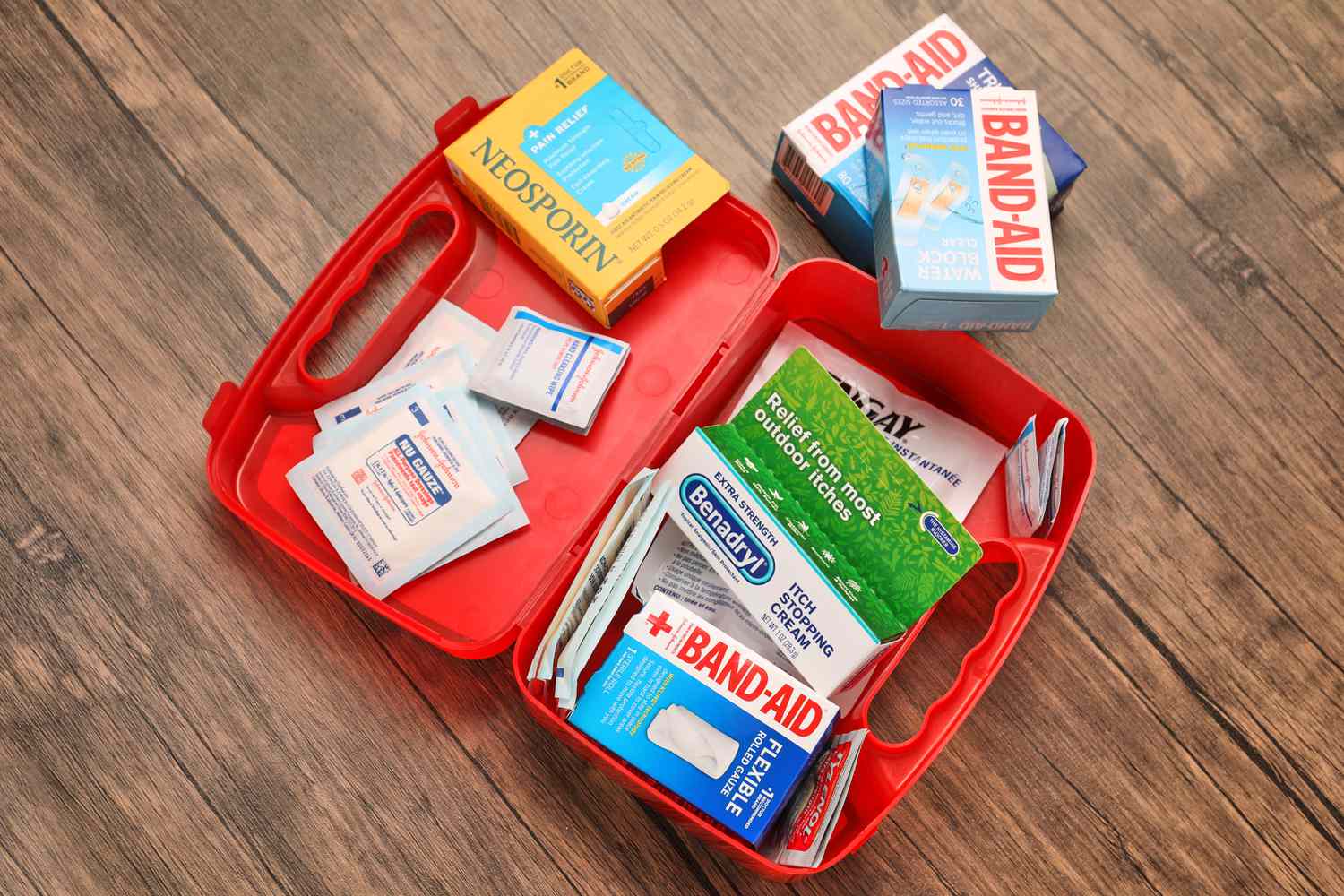
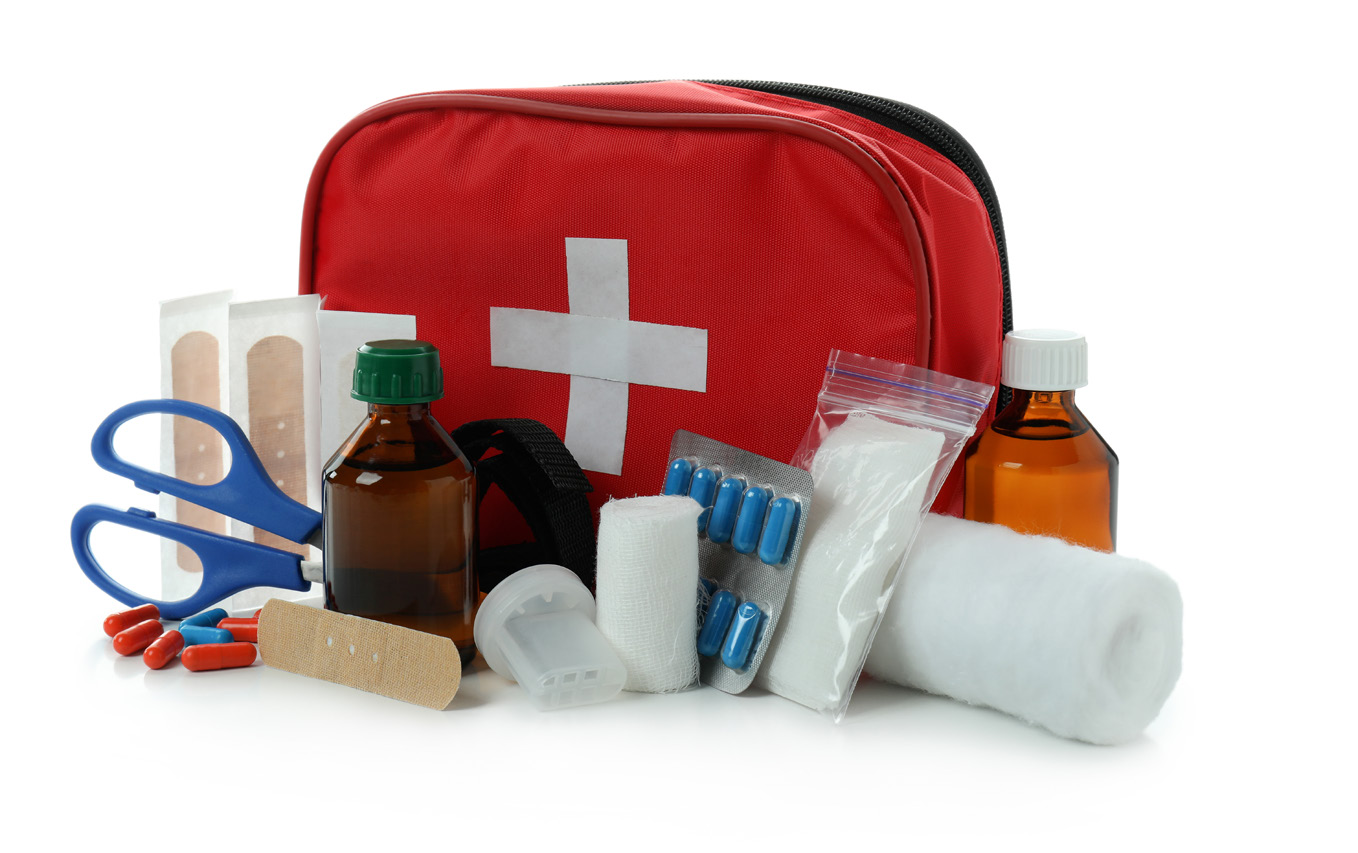
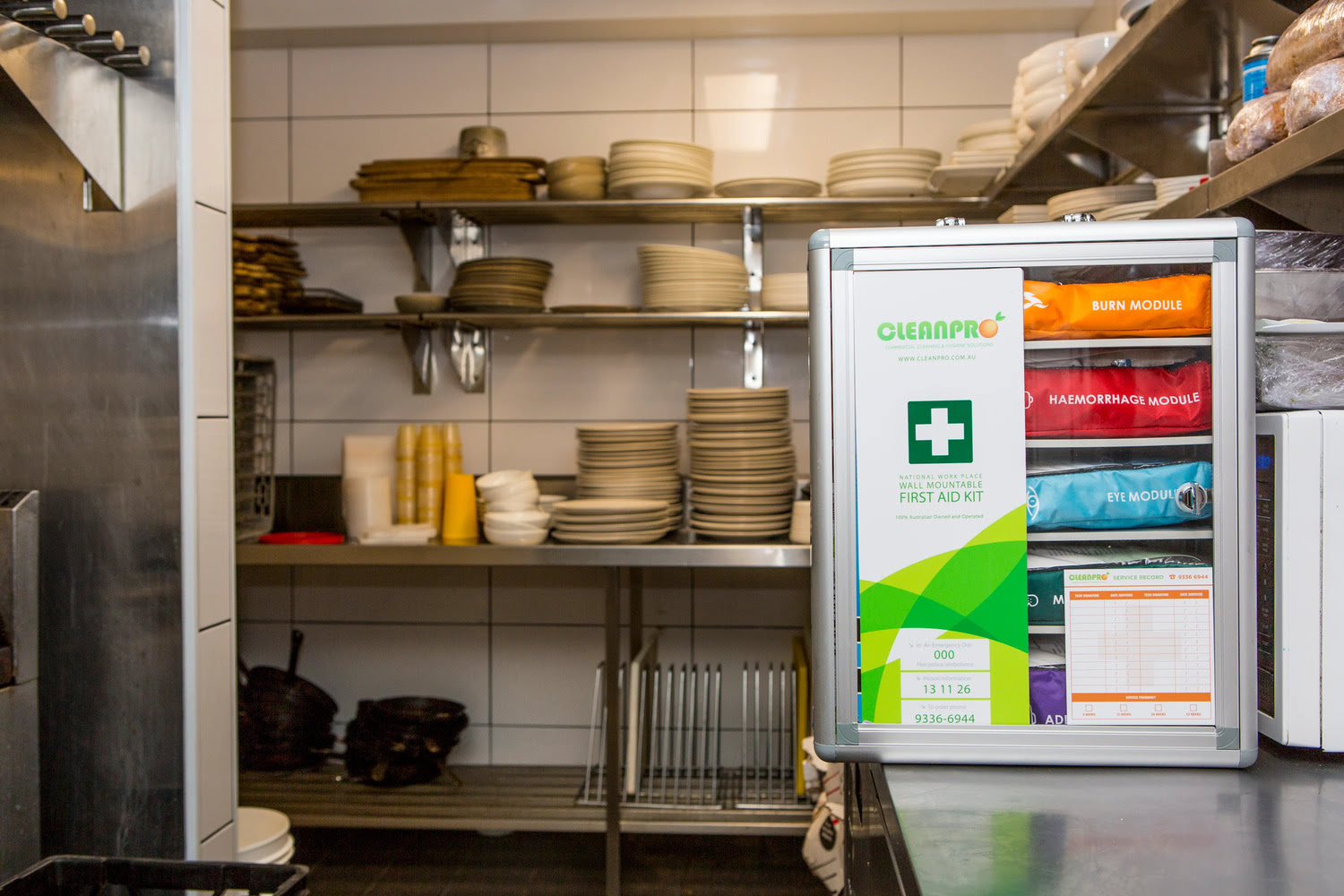
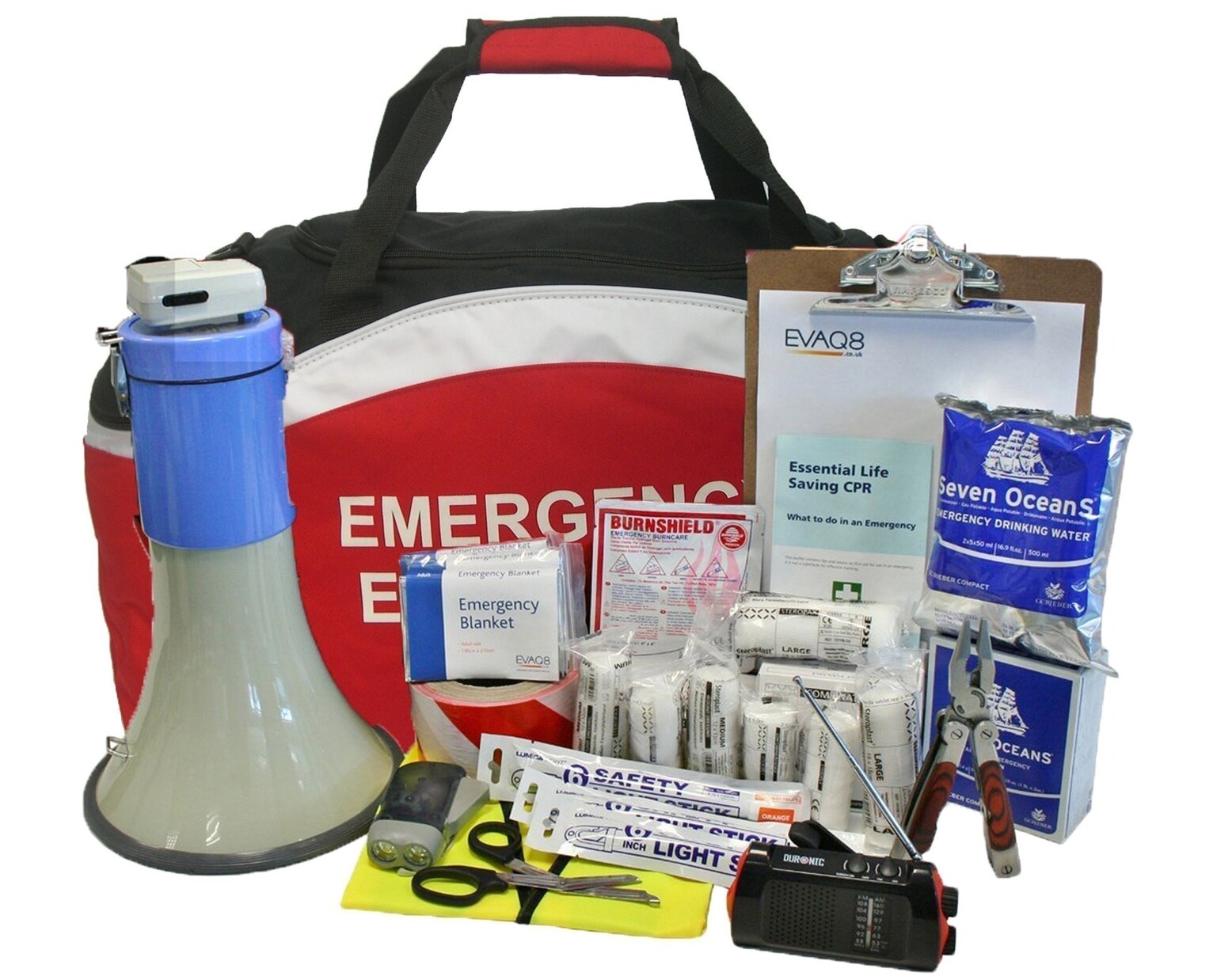
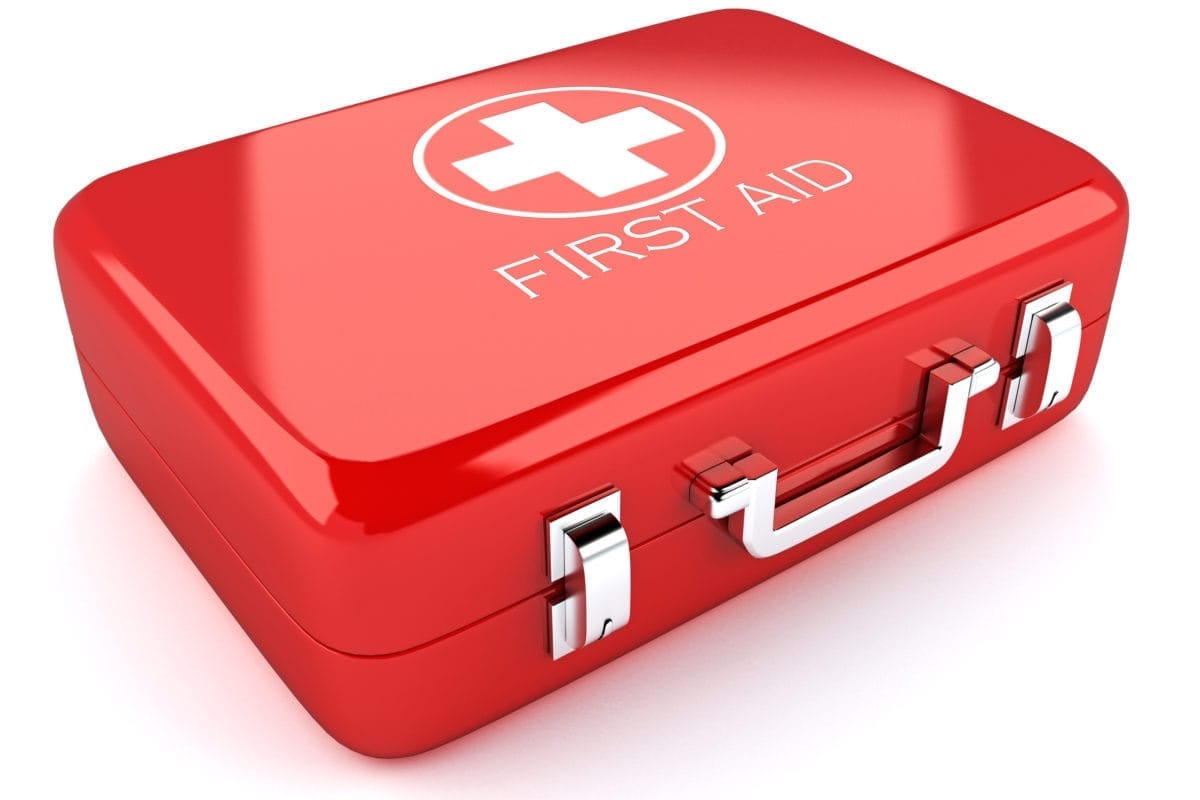
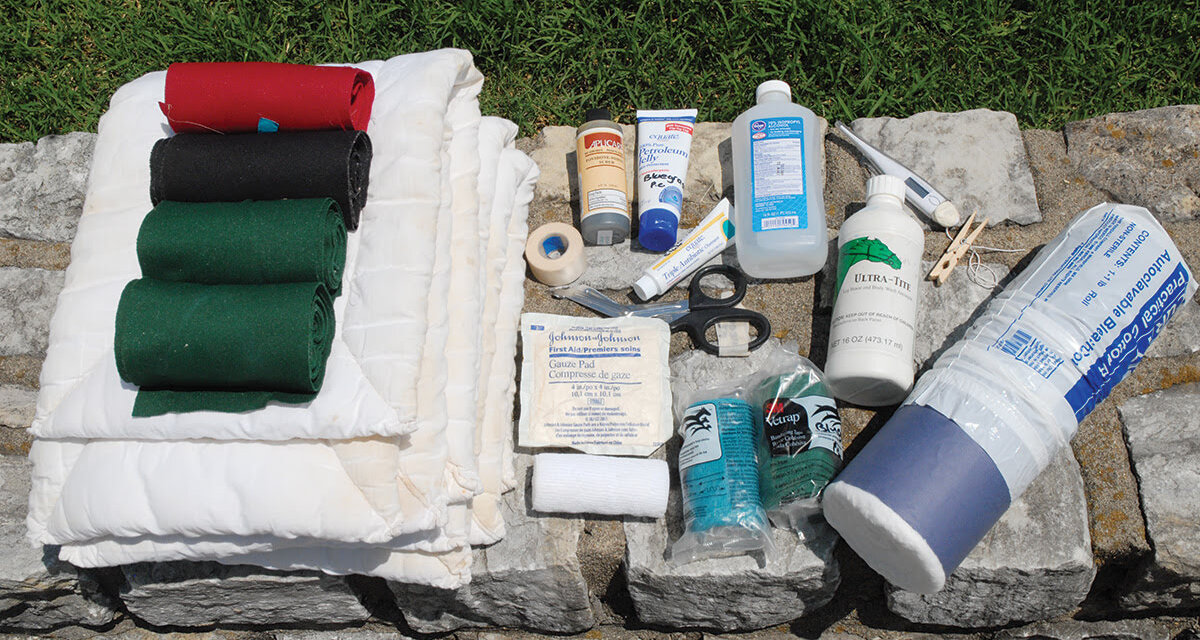
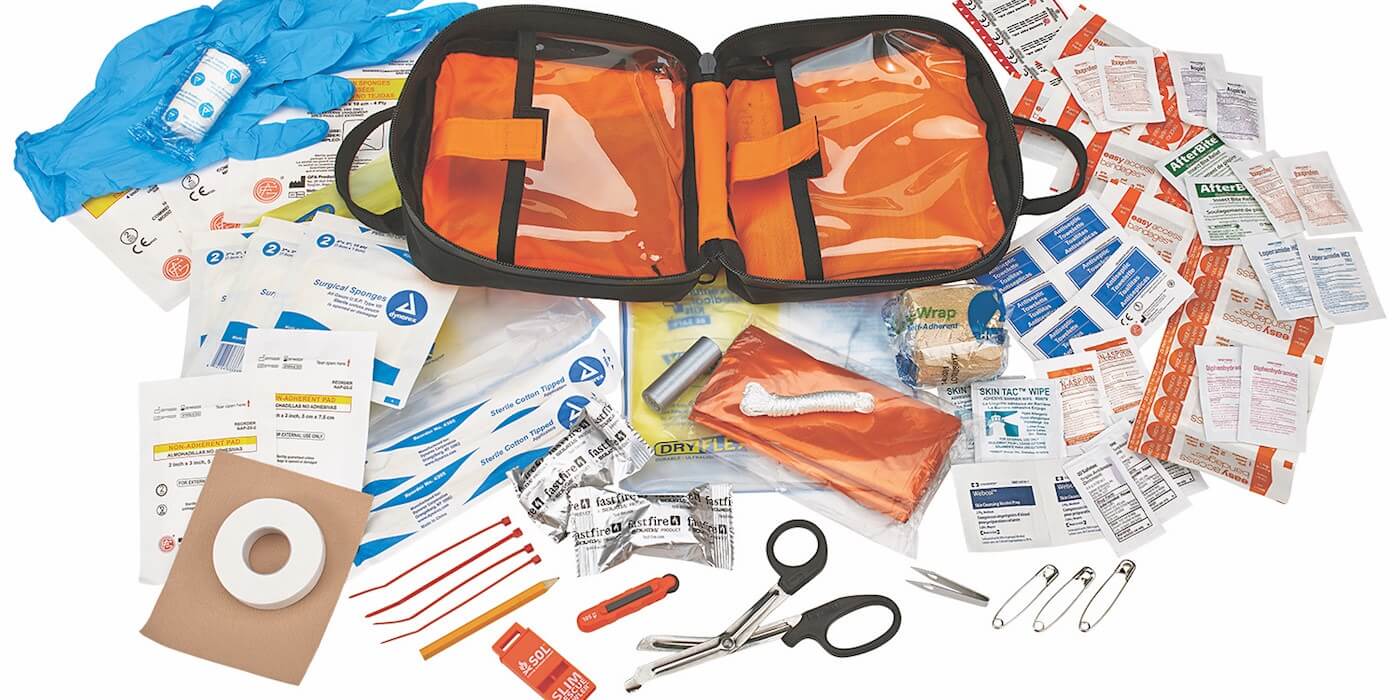

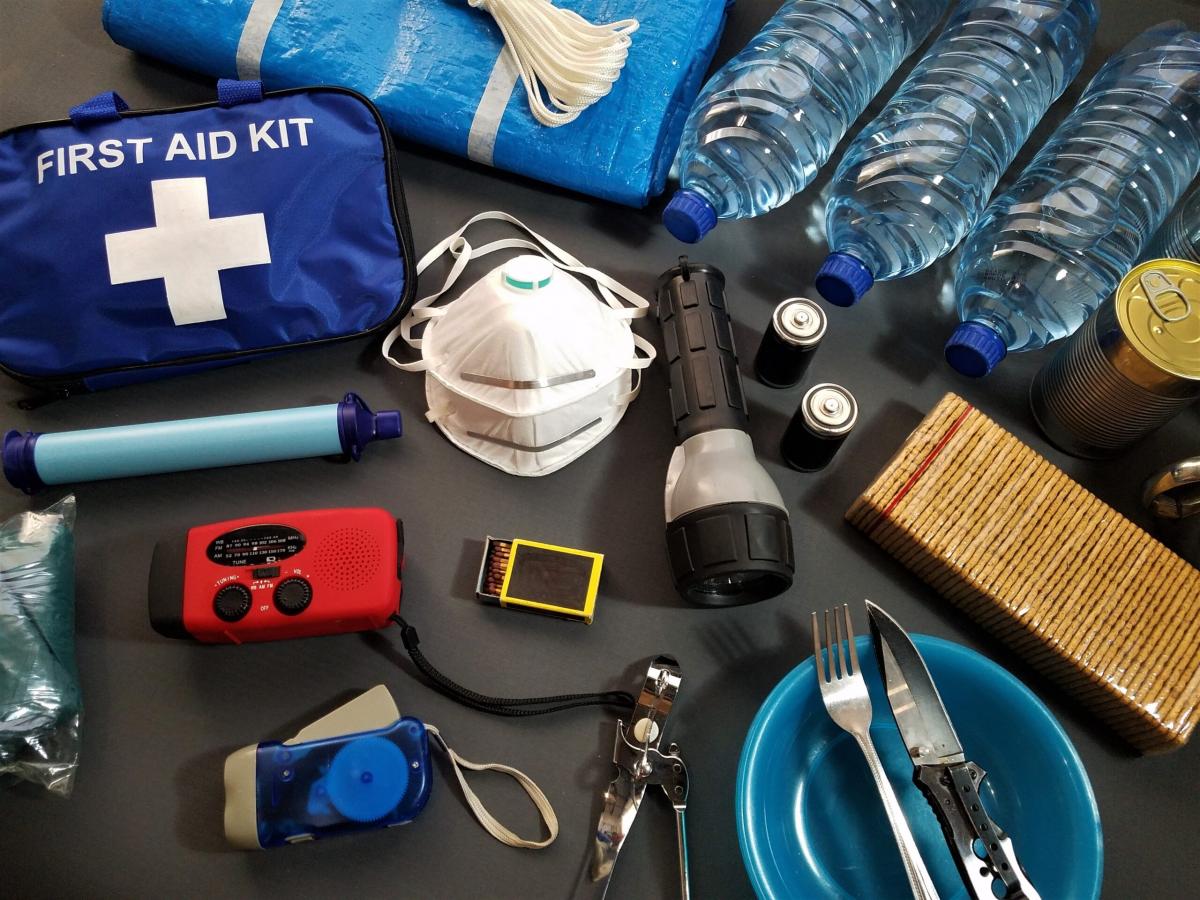
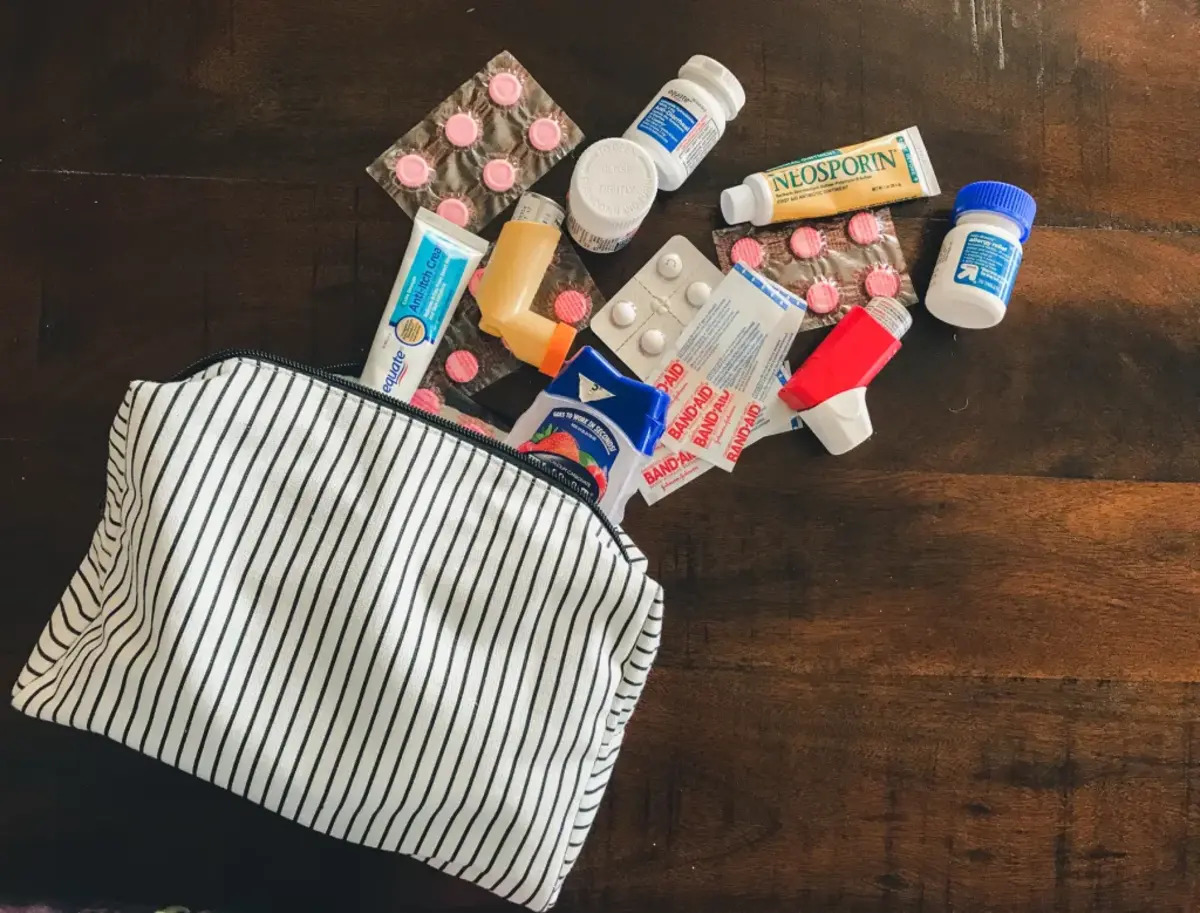
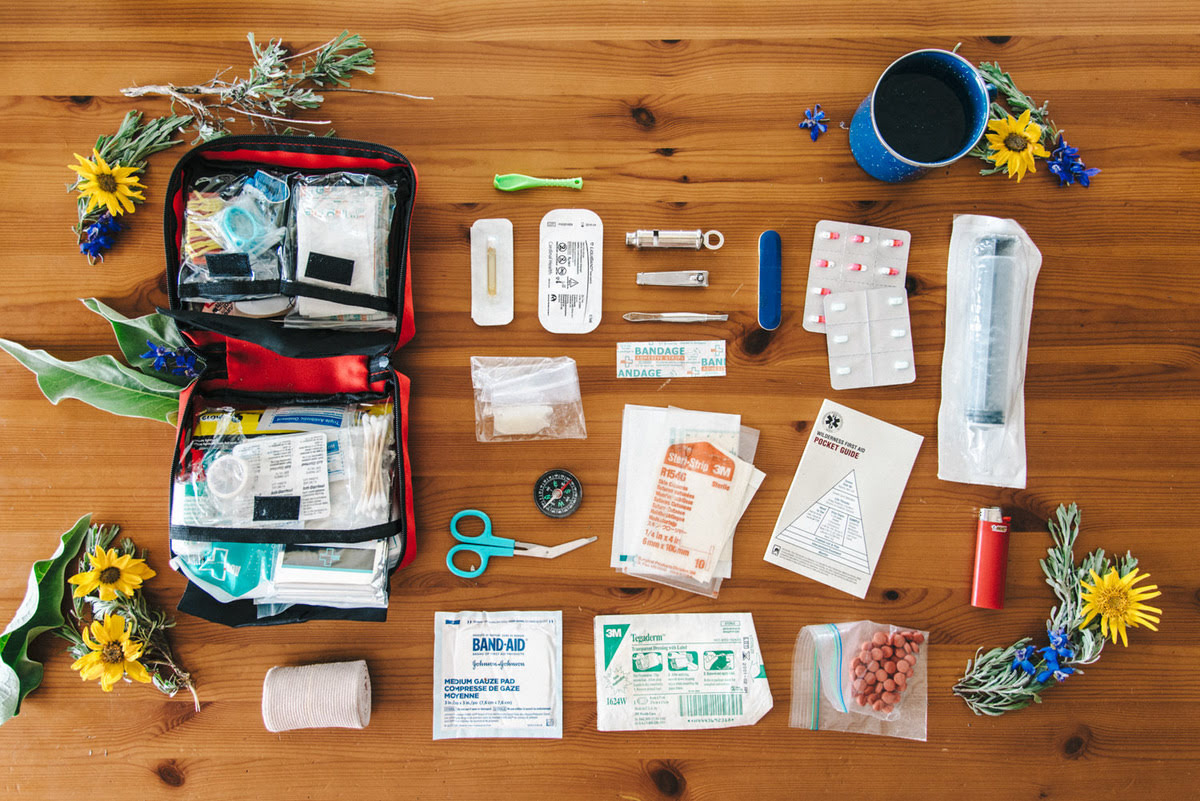
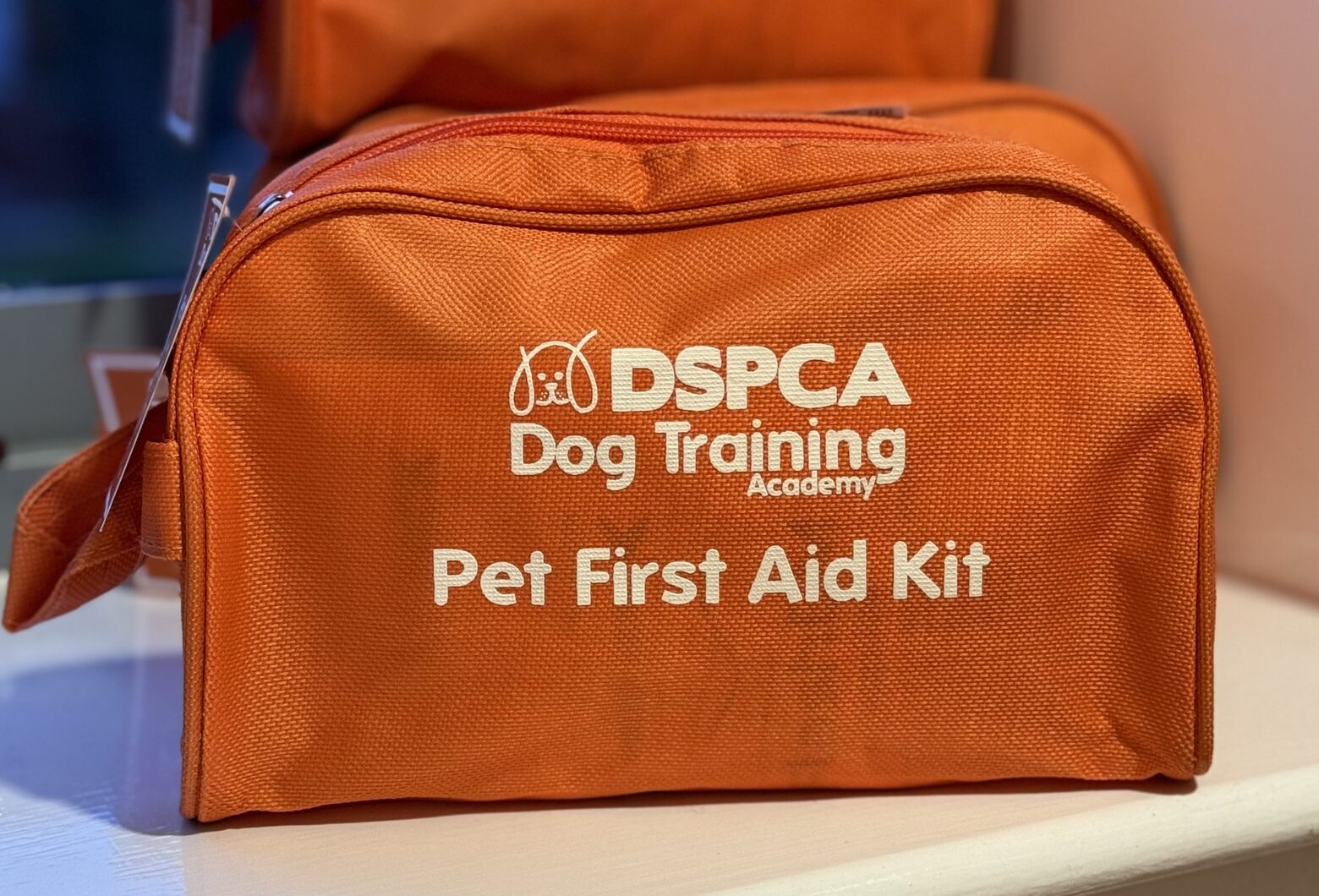

0 thoughts on “What Is Gauze Used For In A First Aid Kit”